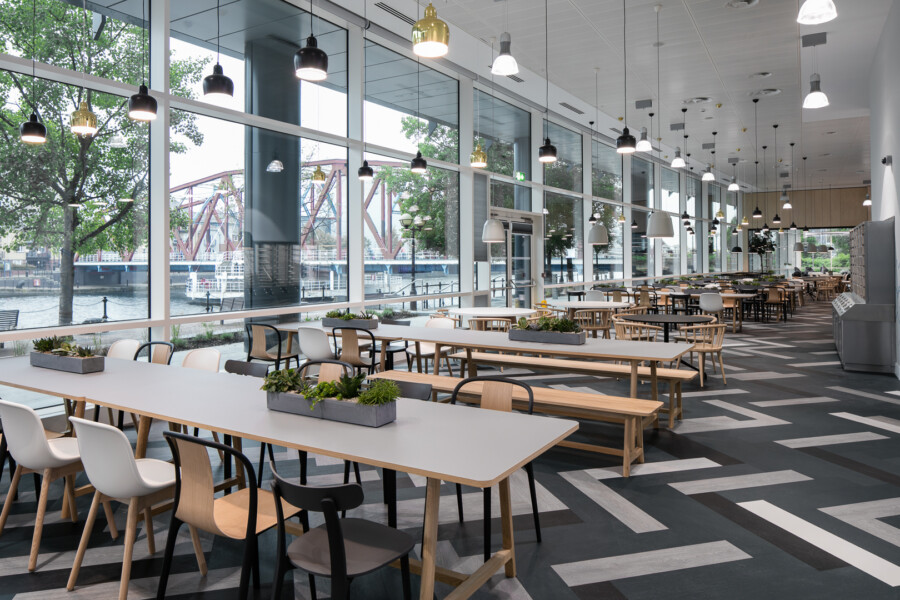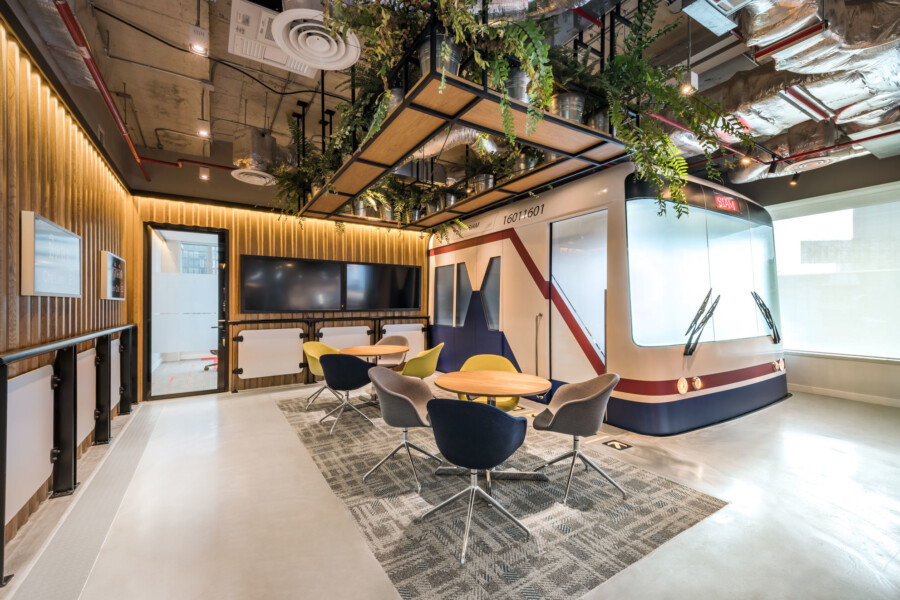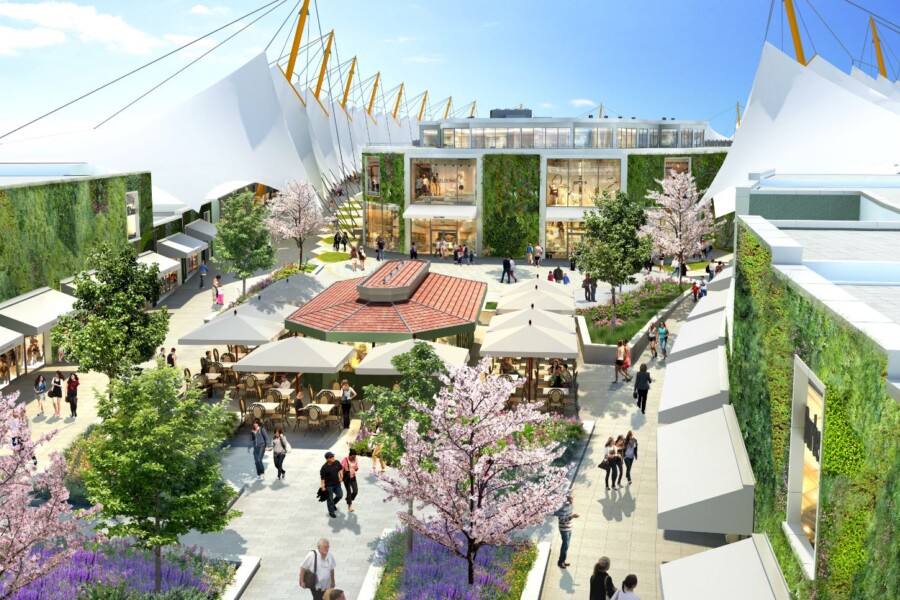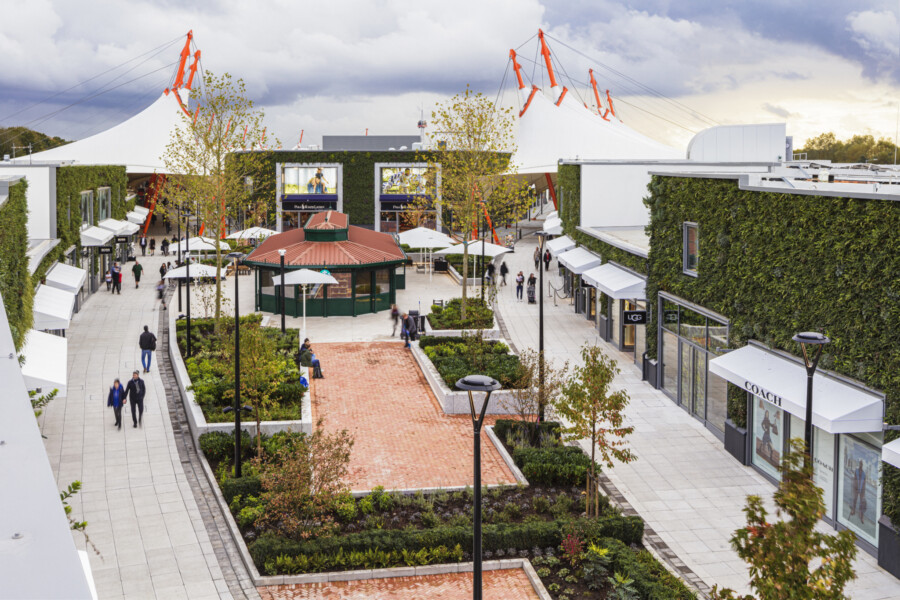
The importance of Biophilic design
THE IMPORTANCE OF BIOPHILIC DESIGN
Biophilic design involves the creation of a built environment which increases physical wellbeing and mental contentment among the users of that environment through the use of plants, natural materials, natural light and ventilation or a simulation of these. In this insight paper, Chapman Taylor’s Interiors Director Jon Grant discusses the importance of biophilic design and the ways in which it can be incorporated into buildings of all types.
Among the key movements in design today is biophilia – the use of natural materials, natural light and plants to create a more pleasing and effective environment for the end-users of that built environment.
Biophilic design works on the principle that humans have evolved to work in and with the natural environment for millions of years, and that we are not well-adapted to the urban industrial environment in existence for only the past 200 years or so. The physical and mental wellbeing of people who spend substantial time within the latter is thought to be positively affected by sensory contact with natural features, through reduced stress and increased productivity.
As hundreds of millions of people now live in cities or large towns, biophilic design can play a role in helping to improve the physical and mental wellbeing of a large proportion of the population – whether workers, shoppers, residents or visitors.
The use of natural materials, such as stone and wood, and extensive greenery are an obvious way in which to incorporate biophilic elements into an architectural or interior design. Water features can provide a calming effect to counter rising levels of stress, while natural light and ventilation can improve physical wellbeing and the ‘feel’ of a building. If the opportunity exists, views over the surrounding environment should be maximised through extensive glazing, which can also provide abundant natural light and ventilation.
Biophilic design can also take a more indirect form – for example, the use of images of trees, lakes, etc., or the creation of biomorphic forms and patterns. There is a move among designers towards combining natural materials in new and interesting ways. Even the use of LED technology to simulate the natural experience, whether that be clouds in the sky or a waterfall, can help people to feel relaxed.
Exterior environments and associated public realm can be transformed with simple design touches, including the installation of living ‘green’ walls stacked with thousands of plants, such as that at Ashford Designer Outlet Centre in the UK (the longest such wall in Europe). Planting a substantial number of shrubs and trees, using wood and stone for bridges and paths and installing water elements such as a pond or a fountain can transform the arrival experience and create a sense of serenity which is often absent in the raw urban environment.
Chapman Taylor is an advocate of biophilic design, using it in our architectural and interior design schemes across a number of sectors from workplaces and retail areas to hotel and residential buildings. We believe that the physical and mental wellbeing of the end-users should be paramount in any building design scheme, and we strive to ensure that we use every tool at our disposal as designers, including the use of biophilic principles, to achieve that end.
For more information, please contact:


